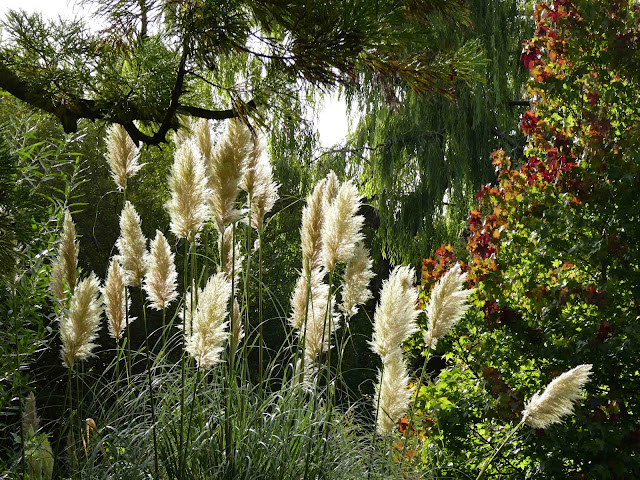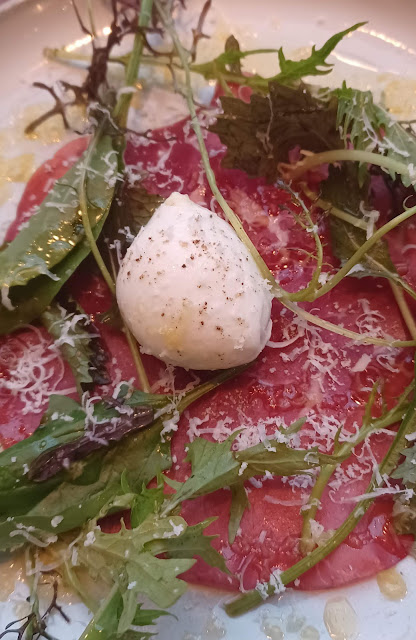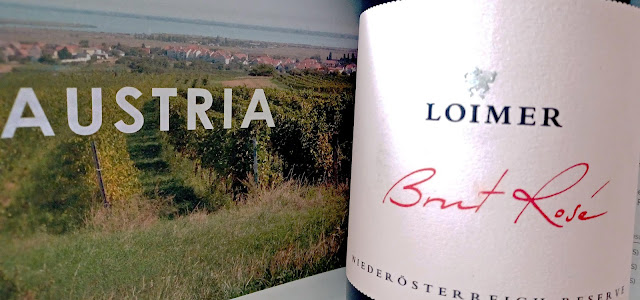Two Very Highly Recommended French Whites.
One from Bordeaux and one from Alsace.
Château Turcaud Entre-Deux-Mers sec 2020, 12.5% ABV
€17.50 64 Wine Dublin, Bradley’s of Cork, Greenman Dublin, Le Caveau Kilkenny
This Turcaud Blanc is a blend of Sauvignon (50%) with Sémillon (45%) and a touch of Muscadelle. The Entre-Deux-Mers (between two seas) is a famous wine growing region from the Bordeaux Appellation. The domain is situated in a very pleasant rural area, 30 km from Bordeaux and 20 km from Saint Emilion. I know one producer who bought a vineyard here instead of the "boring" landscape of the Medoc.
Colour is a light straw with green highlights. Citrus, plus more exotic fruit, and floral notes in the very pleasant aromas. On the palate, it has a lot of that exotic fruit, liveliness and a very nice length. Very Highly Recommended.
Importers Le Caveau have a plea for you: So often overlooked here in Ireland , white Bordeaux is a joy to drink, this is really worth a try, we urge you not to make the same mistake as most.
Must say that I have long been an admirer of white Bordeaux blends, particularly where Sémillon plays a big role in the blend as is the case here.
Ironically, it was an SSB wine from Xanadu in Western Australia that really alerted me to the blend. And that at a wine show in Cork; a few days later, I was down in Centre Park Road and collecting a case from Bubble Brothers.
I got a good grounding in the blend a few years later during a couple of visits to Podensac in Bordeaux. In a beautiful century-old residence nestled in the heart of the vineyards, in the Maison des Vins de Graves, I had the opportunity to taste many examples of white Bordeaux.
Individuals, tourists, amateurs come here to buy the best vintages of the region. Guides are at your disposal for an enriching discovery of the vineyard and its castles. I got a good few into the car that summer but they soon ran out and then it was time to turn to le Caveau and this superb example of a Bordeaux blanc.
By the way, the amounts of Sauvignon and Sémillon in the blend can vary from vintage to vintage. In 2018, the split was Sauvignon Blanc (65%) and Sémillon (35).
The summer that I visited Podensac, I had Abbey Le Sauve Majeure on my visit list. I found it and climbed to the top of the impressive ruin. From the 159th and final step, I had a great view over the surrounding countryside. I didn’t know then the view included the immaculate vineyards of Caveau Turcaud, nowadays run by Stéphane and Isabelle Le May. Isabelle is the daughter of Maurice Robert who bought the chateau in 1973.
Their Tasting Advice: This wine is best enjoyed within two years of the vintage, well-chilled as an aperitif, with all sorts of seafood, or with goat's milk, ewe's milk, and hard cheeses. This wine is a pure delight.
Meyer-Fonné Pinot Blanc Vieilles Vignes Alsace (AC) 2019, 12.5%
€20.65 64 Wine Dublin, Bradley’s of Cork, Greenman Dublin, Le Caveau Kilkenny
Straw is the colour here; thought I saw a tint of green, and I did, but it was from a football pitch reflected from the TV! The aromas are seductive, of pear, peach and almond. A touch of sweetness on the nose, is found too on the palate, where white fruit, rich and fresh, some lemon zest now as well, is accompanied by a refreshing minerality. Precision, depth, purity all combine here. Delicious and moreish, with a very clean finish, this is Very Highly Recommended. Very good value too by the way.
Pinot Blanc, a variant of Pinot Noir, is grown mostly in Europe for its dry and refreshing wines, particularly in Germany, Italy (where it is key in Franciacorta production), Austria and France. Suggested pairings include Quiche Lorraine (not a surprise!), soft cheeses, flaky fish, and crab salads. I find it quite the match for Goatsbridge trout.
Le Caveau: Pinot Blanc Vieilles Vignes comes from a plot of old vines, it acts like Pinot Gris on the nose — rich, oily apricot and pear fruit— but the touch of white pepper and taste of freshly squeezed oranges is classic Pinot Blanc. A house pour at a number of Ireland's Michelin starred restaurants over the past 15 years. A sure fire hit each and every bottle opened.
Félix Meyer himself has come in for high praise.
"Félix Meyer is one of the more ambitious and successful young vignerons of Alsace.” Wine Advocate.
“ ... Félix Meyer still has humility, still has a sense of wonder, and is still capable of self-criticism. He is a seeker and a perfectionist. He is a terroirist, and when he speaks of a granitic soil, the wine in your glass tastes of it.”
Kermit Lynch, US importer.
No chemical fertiliser is used in the running of the vineyard, “only compost we make ourselves using raw materials derived from organic farming. Calcium and magnesian limestone is spread each year on the granitic soil terroirs to prevent acidification.”




































